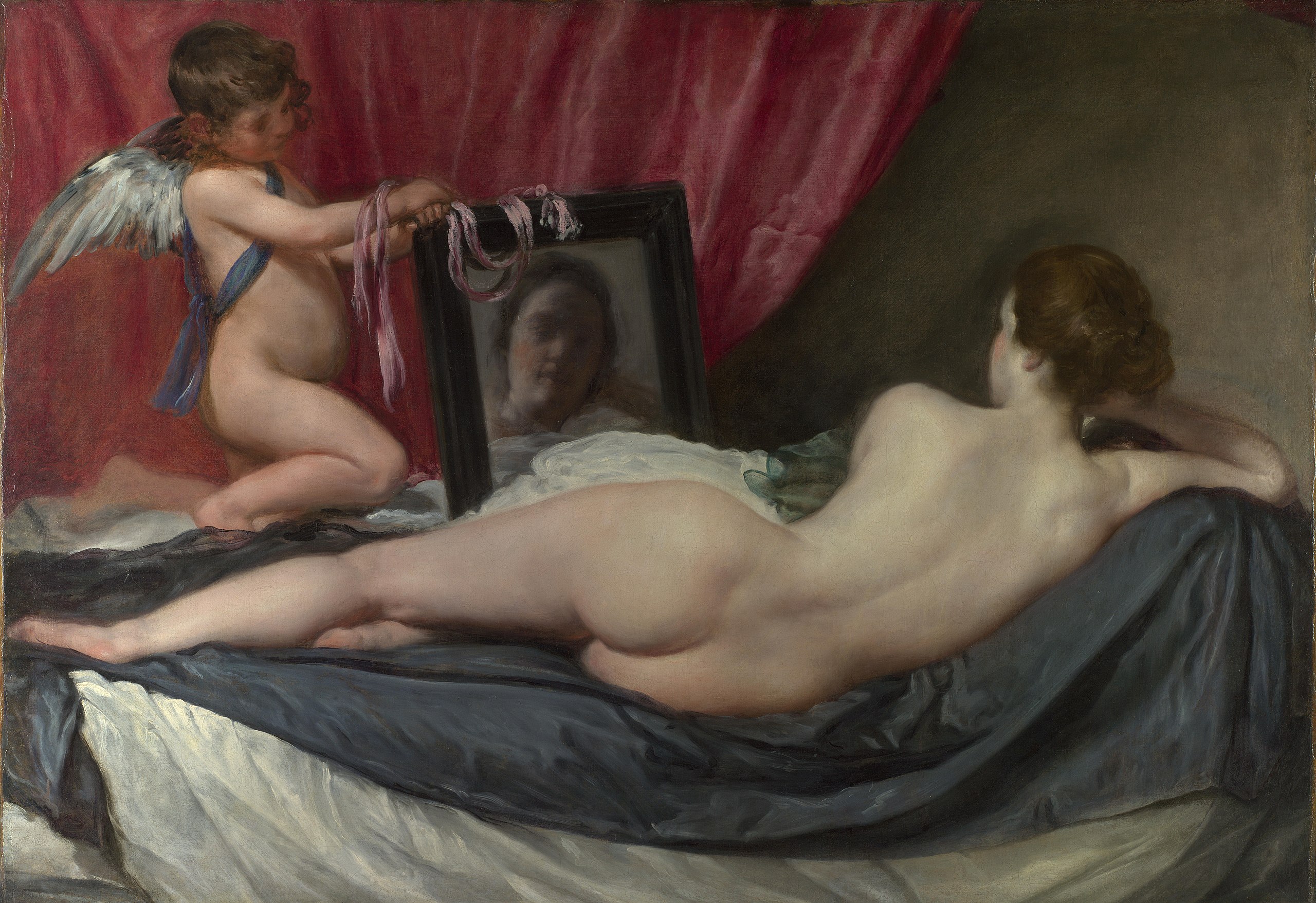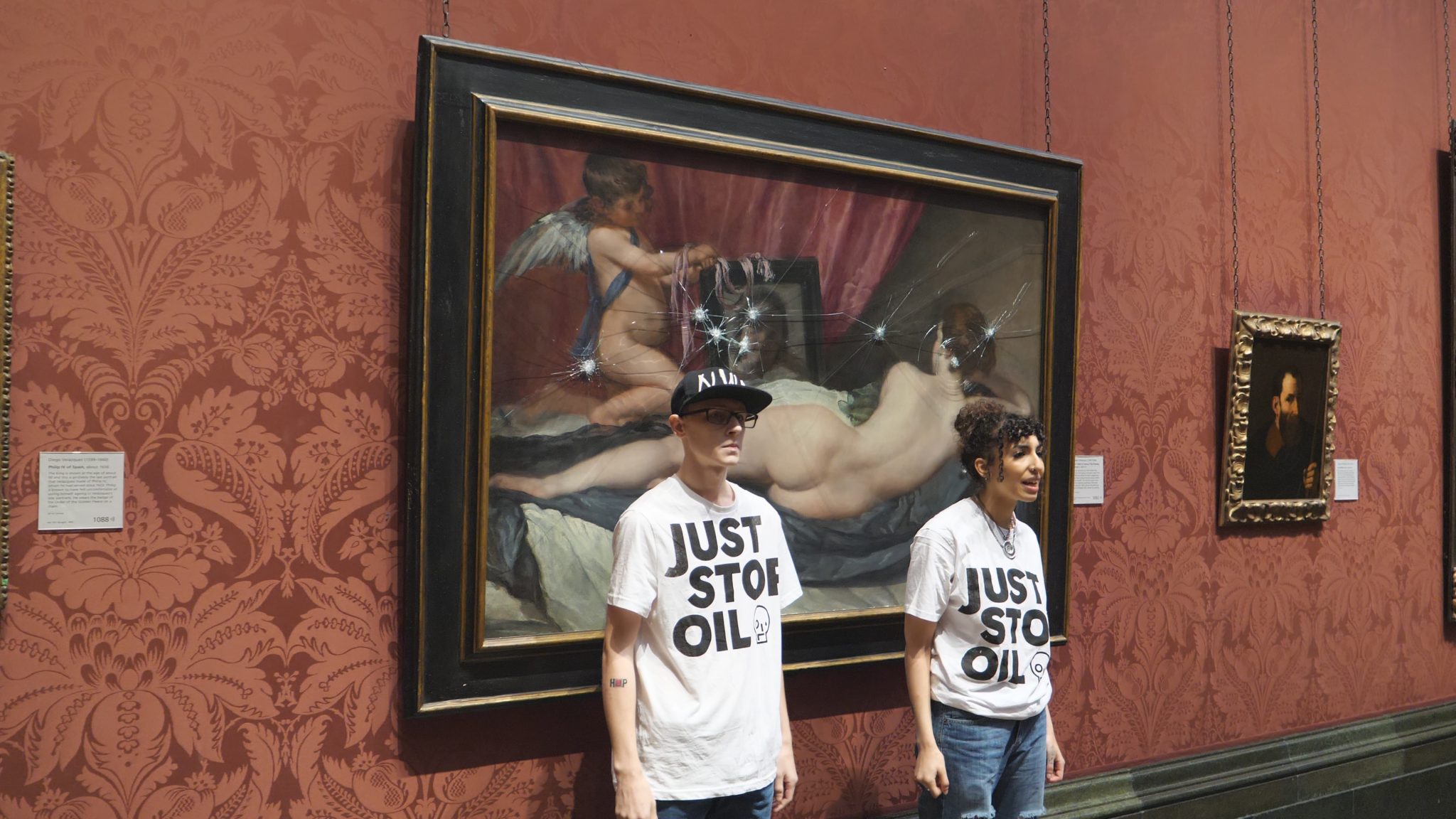It was the 10th of March, 1914, a Tuesday. The National Gallery in central London was having an admission-free day, so the halls were crowded with locals and tourists alike, peering intently at works of art from all over the British Empire, at the time nearing its peak extent. German tourists talked excitedly. Oblivious to their murmurs, Mary Richardson gripped her sketchbook nervously.
Mary stared at an almond-eyed Madonna, sketching in agitation, the work well beyond her skill to reproduce. Two broad-shouldered detectives sat protecting her true object of interest, The Rokeby Venus. The painting depicts a goddess, reclining and looking into a mirror, her back to us, her alabaster skin shining. Mary hated the painting. It had been expensive, around five million pounds in today’s currency, and Mary would later reveal that she hated “the way men visitors gaped at it all day long”. Mary loitered for hours, feigning disinterest, until lunch.
At midday, two of the men guarding the painting left. A third, sitting nearby, unfurled a newspaper and began to read. Mary saw her opportunity. The painting was covered in a thin sheet of protective glass, but she darted forward, grasping the meat cleaver hidden in her dress. She raised it up, and smashed.
The guard lowered his newspaper, confused, and looked up to a skylight—had the noise come from there? Mary raised her cleaver, and struck once again. With a thud her weapon cut through the canvas, and the figure’s back. An attendant from a neighbouring room rushed in with such haste that his feet scrabbled and he fell flat on his face on the polished wooden floor.
Mary struck, again and again. Two nearby German tourists hurled their guidebooks at Mary, striking her on the back of her neck. The guard and a crowd of angry people descended on Mary, but not before she had struck the painting seven times, cutting across its back and thighs.
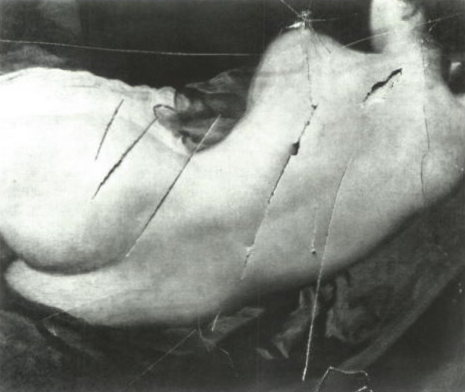 Rokeby Venus - Damage sustained in 1914: wikipedia.org
Rokeby Venus - Damage sustained in 1914: wikipedia.org
This act of radical defiance caused the closure of the National Gallery and much consternation about the possibility of other suffragette attacks on works of Art. Mary had committed this act in protest at the imprisonment of another Suffragette, Emmeline Pankhurst.
“I have tried to destroy the picture of the most beautiful woman in mythological history as a protest against the Government for destroying Mrs. Pankhurst, who is the most beautiful character in modern history. Justice is an element of beauty as much as colour and outline on canvas.”
One of the many men who were admirers of this painting spoke lovingly of it, “She is rather the Goddess of Youth and Health, the embodiment of elastic strength and vitality – of the perfection of Womanhood at the moment when it passes from the bud into the flower.”
To some, this act represented more than the vandalism of a piece of art, but an attack on the beauty of the female form itself. In this way Mary perhaps conducted an attack on an idea—the objectification of women. Mary’s radical act undoubtedly pushed forward awareness and discussion of the Suffragette cause—but it also linked the idea that a painting of a woman, a mere representation, could have value above the lives of real women who were oppressed and in pain in Imperial Britain. It was one of a series of defiant acts that Mary carried out at the time. She was arrested a total of nine times and sentenced to various stints in prison that eventually totalled three years. Prison itself did nothing to halt her activism, and she was awarded the green, white and purple “Hunger Strike Medal” by the “Women’s Social and Political Union” which she was a member of.
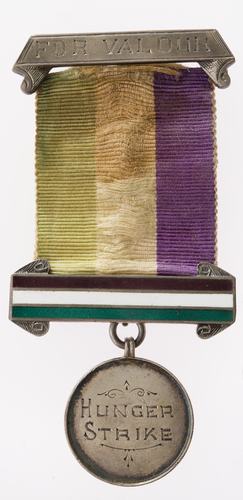 By Victoria Museums Collection - Museums Victoria Collections
By Victoria Museums Collection - Museums Victoria Collections
Both Emmeline and Mary were inarguably fundamentally feminists and radicals who pushed the movement for women’s rights forwards.
Their actions were built on the shoulders of another woman, Elizabeth Cady Stanton, who was instrumental in organising the first “Women’s Rights Convention” in 1848 in Seneca Falls, New York. Elizabeth was one of the first women to make a concerted political push to include the right to vote in the burgeoning feminist movement. She fought for the abolition of slavery alongside the likes of Fredrick Douglass. Elizabeth was a staunch Suffragette and a founder of the American Suffragette movement.
Elizabeth sadly died in 1902, before she could see women’s suffrage achieved in America, as a result of the 19th Amendment in 1920.
Why am I mentioning these three suffragettes, and what does this have to do with TERFs? TERF stands for “Trans-Exclusionary Radical Feminist” and in recent years, many TERFs have taken to using the green, white and purple of the suffragette flag on their social media accounts and signage. TERFs clearly admire the radical and militant past of the suffragettes, and see their cause, the fight for “sex-based rights” as as fundamental a right as voting.
 By Schlesinger Library, RIAS, Harvard University
By Schlesinger Library, RIAS, Harvard University
Despite the use of suffragette colours, the ideological underpinnings of TERFism don’t come from the time of the suffragettes, but instead from the legacy of radical feminism from the late 1970s. The rapid rise of “sex-based rights” in the TERF lexicon seems to reflect an insidious social contagion. From 2009 onwards the number of mentions of this phrase on the internet skyrocketed. A refocus on the definition of women reflects an anxiety that without the category of “women”, it might not be possible to centre “women’s rights” in progressive politics. TERFs argue that without this definition it’ll become impossible to organise like they believe they once did. The problem, as they perceive it, is that it isn’t possible to be liberated from something that isn’t clearly defined.
Radical feminism is undoubtedly an important aspect of the women’s rights movement, but TERFism resembles less a logical progression and successor of radical feminism, and more a minority offshoot. Feminism has moved on. In their struggle to define women on their terms, TERFs look to reinforce the importance of the patriarchy in terms of the oppression of women. TERFs envision a hierarchy of oppression, with the oppression of women—the 50% of the population—at the very top. However, most feminists now recognise that the patriarchy is an insufficient mechanism to explain all the oppression in the world, and that violence against women is a multifaceted problem—even though it is undoubtedly a problem created almost exclusively by men. Colonialism, racism and class struggle, continue to oppress us. We now live in times when this recognition of the multi-layered and multiplicative aspects of oppression—described by Kimberlé Crenshaw’s terminology of “intersectionality”—has come to reinforce and complement radical feminism.
One great example of how TERFs miss these other intersectionally-analyzed factors is their crusade against trans women being placed in prisons with cis women. Their reasoning is that this crusade will prevent violence against women in prison. Few TERFs talk about the many men employed in prison and the police force that contributes to a vast amount of violence in prison. Even fewer talk about how prison abolition would reduce this violence even further. TERFism chooses a hill to die on that isn’t strategically important and actively negative—but centres one-dimensionally the oppression of women within its existing colonial, racist and capitalist frameworks.
While radical feminism succeeded in reframing and awakening conversations about men’s violence in our man-centred society, and made strides in the rights and political activism and liberation of women, TERFism now concerns itself with which violent state institution, full to the brim with mentally ill, first nations, working class people, queer people get to go to. We absolutely shouldn’t blame radical feminism for the new authoritarianism of the ex-activists that now choose to align themselves with the Vatican, fascists, and conspiracy theorists. In fact, radical feminism was profoundly more effective, and focussed on larger problems for women, than TERFism is. What we have now from TERFs is a frustration that the progressives no longer centre the patriarchy as the “worst” oppression. What seems clear is that radical feminism and solid, useful activism in the past is no guarantee against authoritarianism in the present. The point that I’m getting at here is that the same was absolutely true of suffragettes. They undoubtedly did good work, but that doesn’t make them perpetually righteous.
TERFs are the new suffragettes. In 1928 suffrage was extended to all women above the age of 21. Four short years after this, in 1932, Mary Richardson joined the “British Union of Fascists”, which supported Nazi Germany. The organisation became increasingly anti-semitic until it was banned in 1940 during WWII due to concerns that it was a threat to national security. Mary had already left the union by that point—but not due to its fascism, but because she wasn’t convinced it would work for women’s rights. In this way TERFs and Mary are similar—they’ll fight for female-only prisons and are willing to turn a blind eye to other oppression to get what they want.
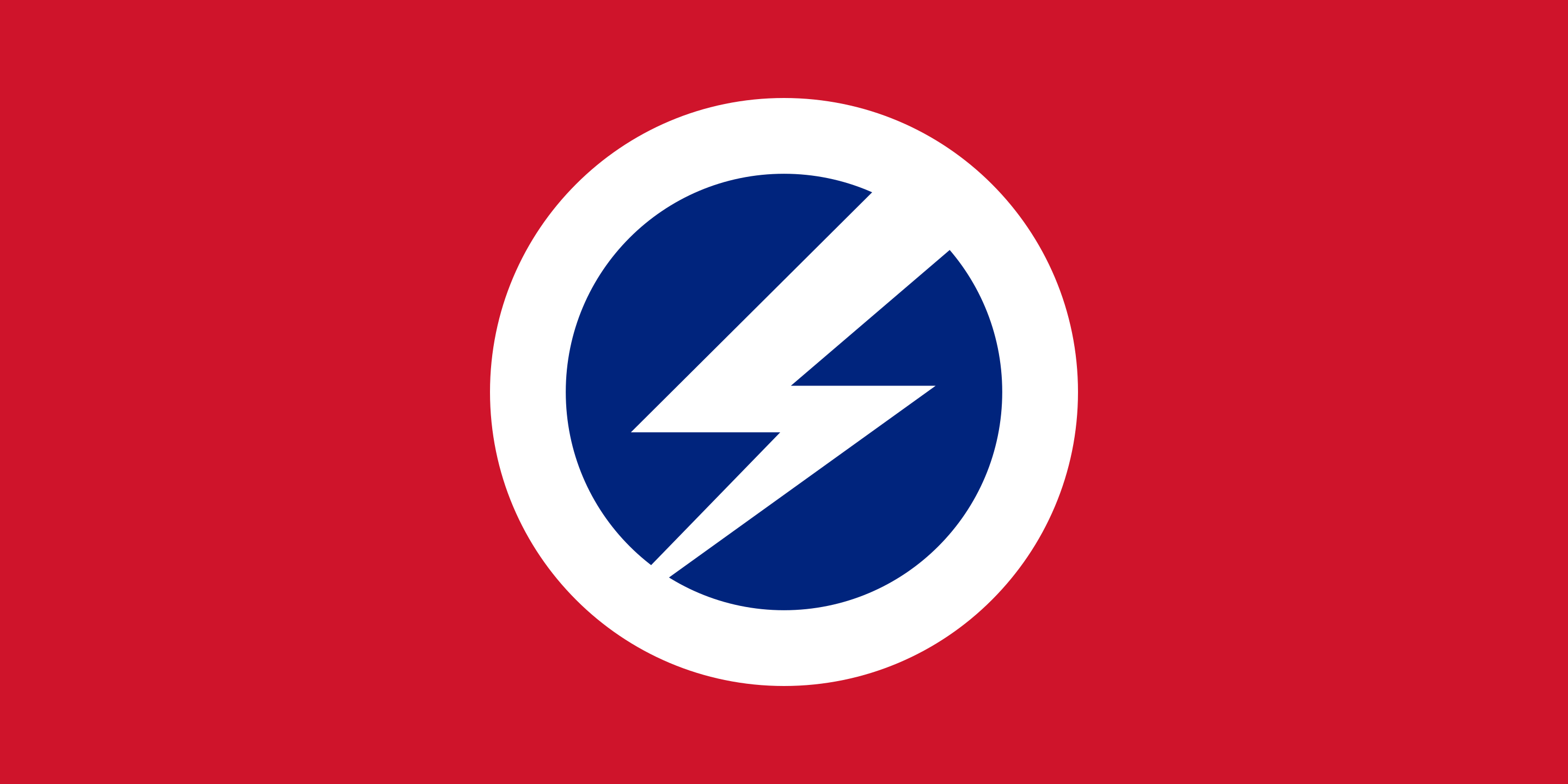 Flag of the British Union of Fascists
Flag of the British Union of Fascists
Emmeline Pankhurst did not join the British Union of Fascists, but became a strong defender of the “enlightening influence” of the British Empire, toured Canada with a eugenicist, and later ran for the conservative party.
In 1869 Elizabeth Cady Stanton got up on a conference stage after her friend Fredrick Douglass. They were both at a conference for the “American Equal Rights Association”—an association designed to build unity and progress the rights of women and African Americans. The association dissolved after only three years in part due to Stanton’s statements against giving African Americans the vote in the 15th amendment, like the one she made at the conference:
“Think of Patrick and Sambo and Hans and Yung Tung, who do not know the difference between a monarchy and a republic, who cannot read the Declaration of Independence or Webster’s spelling book, making laws for… Susan B. Anthony… [The amendment] creates an antagonism everywhere between educated, refined women and the lower orders of men, especially in the South.”
Frederick Douglass continued to support women’s suffrage for the rest of his life.
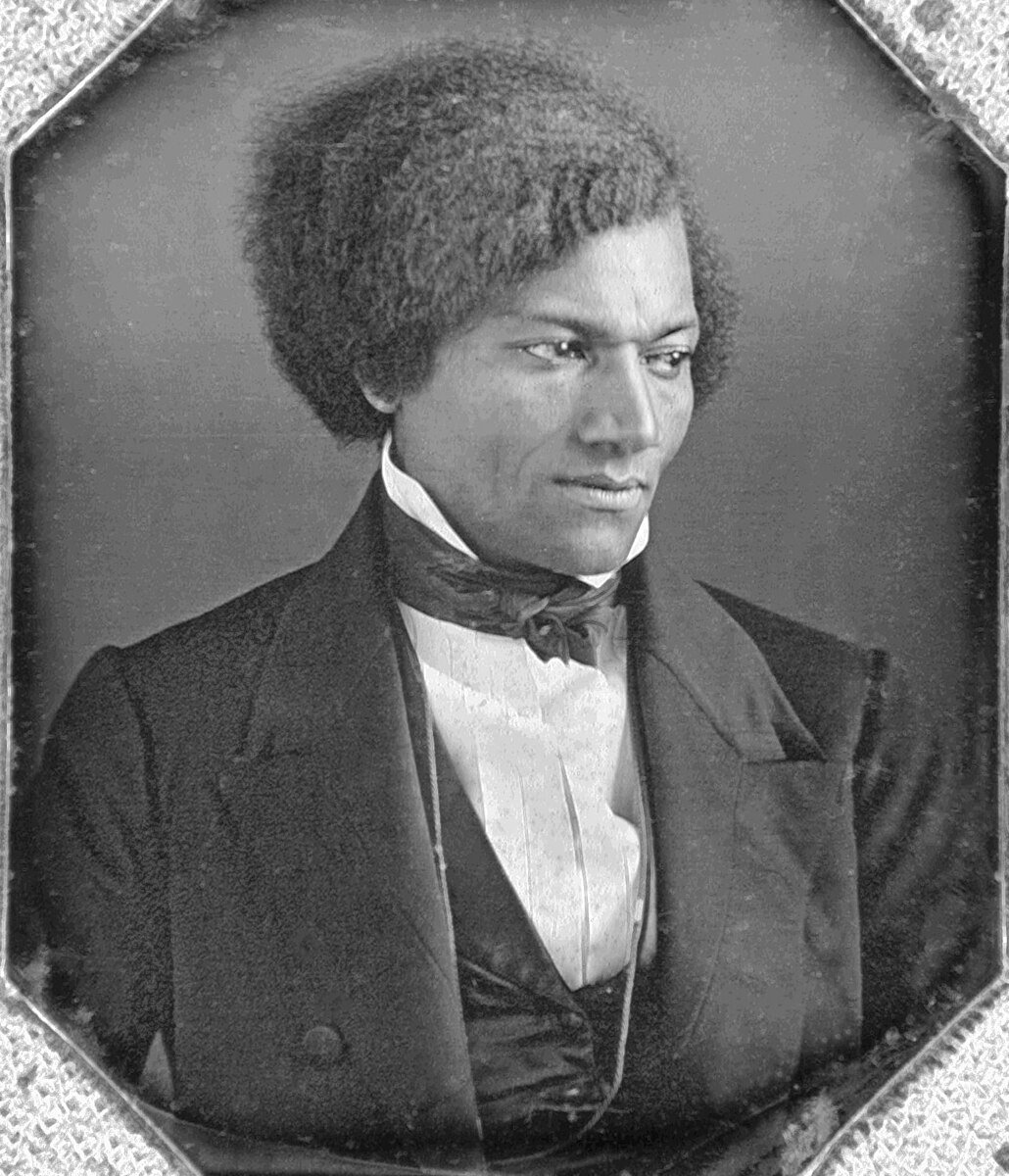 Retouched portrait of Frederick Douglass taken in the 1840s
Retouched portrait of Frederick Douglass taken in the 1840s
Women’s rights can, and has been, invoked in the context of a regressive fascism. This is what some suffragettes did, and sadly, this is what some radical feminists do, and we call them TERFs. TERFs see the gains that trans people have made in gaining rights in recent years, and they feel neglected. They see their centering of the cis white female experience being ignored. They spend all day online ranting and raving about those people that should be their compatriots, who are doing good activism, and who’s liberation will benefit us all. They paint trans people as regressive and ignorant, and see any promotion of their rights as a threat—regardless of its character.
Mary Richardson’s attack inspired a copycat attack in 2023 by the British activist group “Just Stop Oil”:
‘At around 10:45 am Hanan, 22, and Harrison, 20, used safety hammers to smash the glass covering the Rokeby Venus. They then addressed the gallery by saying: “Women did not get the vote by voting; it is time for deeds not words. It is time to Just Stop Oil.” They added: “Politics is failing us. It failed women in 1914 and it is failing us now. New oil and gas will kill millions. If we love art, if we love life, if we love our families we must Just Stop Oil.”’
When Mary Richardson struck at the Rokeby Venus, she made way for other activism. In a way she demonstrated to the activists today, the activists at Stonewall, and the entire lineage of progressive activists since, that such actions are possible. Her feminism lead the way for other movements, like Stonewall and the trans rights movements of today.
However, when Mary Richardson struck at the Rokeby Venus she recognised something that TERFs don’t. Rokeby Venus was painted by Diego Velasquez and undoubtedly inspired by the many other “reclining Venus” figures that were created in the times of ancient Rome and Greece. But these figures didn’t have their chromosomes tested or their gametes dissected. What they had was the gaze of the patriarchy upon them, they were and still are idolized as feminine beauties. Diego ordered a bronze cast made of one of the most famous of these, and used it as inspiration for the Rokeby Venus. This famous sculpture is now known as the “Borghese Hermaphrodite”. So when Mary Richardson struck at the Rokeby Venus she was striking at what feminists have been fighting for a long time, the idea of feminine beauty. But her attack was directed at the patriarchy. Mary recognized in that moment what we recognise, that this feminine flesh is subject to the same hungry gaze, regardless of how it was formed in the womb, regardless of how it was seen as a child, and regardless of what is on its birth certificate.
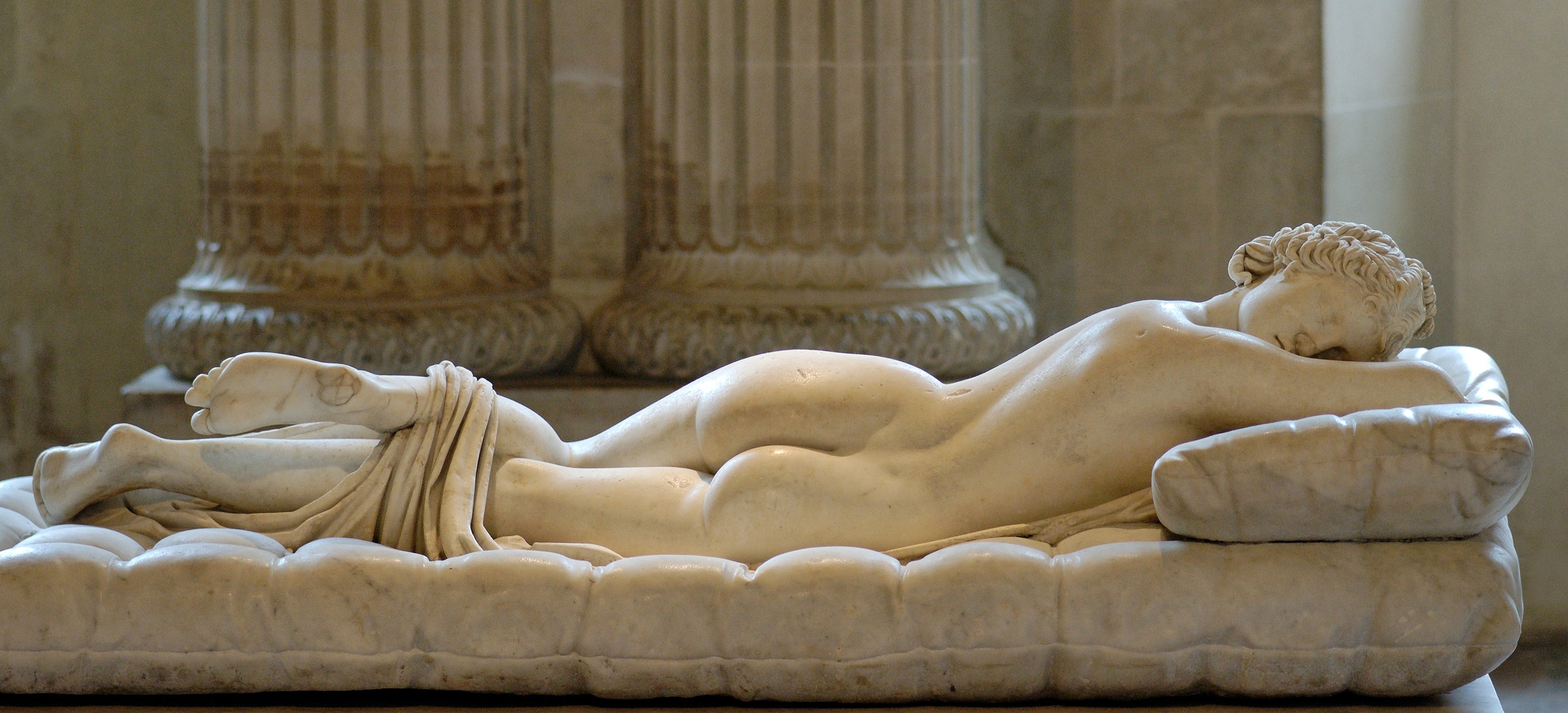 The Borghese Hermaphrodite - By Unknown artist - Jastrow (2007), Public Domain
The Borghese Hermaphrodite - By Unknown artist - Jastrow (2007), Public Domain
In some ways TERFs live up to the legacy of suffragettes—in their willingness to lay aside any differences they have with fascists, any solidarity they have with other oppressed people, to fight “purely” for women’s rights. But, they don’t live up to the truth so many see, that the gaze of the patriarchy and its power falls on women regardless of their origins.

